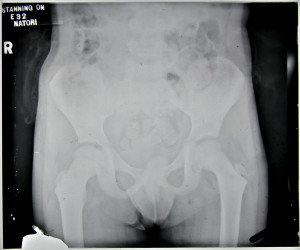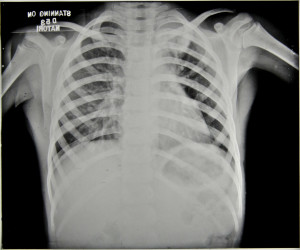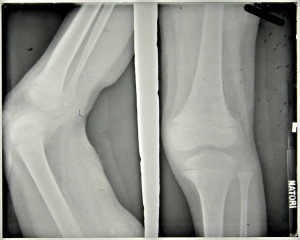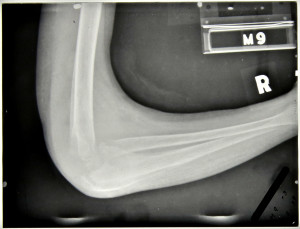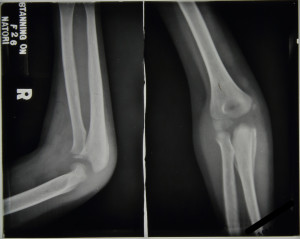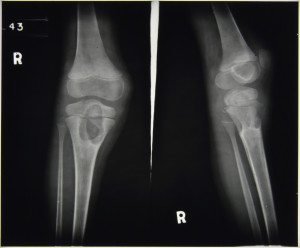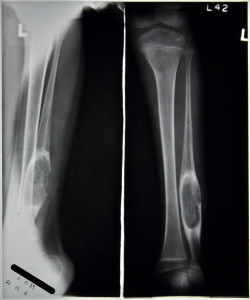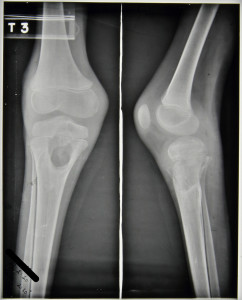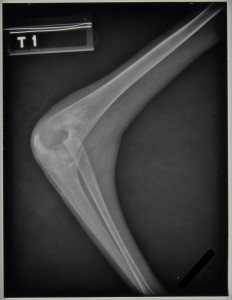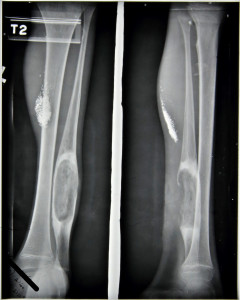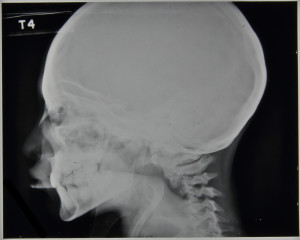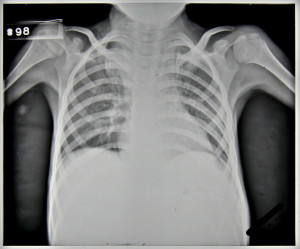Yesterday the Stannington Sanatorium Project team took a trip to Hexham Hydro, now the Queen Elizabeth High School, to have a look around the building and the grounds as the children from Stannington Sanatorium were moved down to Hexham during WWII as it was deemed to be safer. After visiting it is easy to see why the Hydro building was chosen by the Sanatorium Committee as it is in beautiful surroundings with views over to Hexham Abbey and the large open rooms making it ideal for the sanatorium’s needs. The building also has its own walled garden, still well looked after and in use today by the school’s students, with evidence that the sanatorium patients grew produce there which they then went on to sell to local businesses in Hexham. The Hydro building began life as a private house built in 1859 and known as Westfield House, but was later purchased by the Tynedale Hydropathic Establishment Company and alterations were made so that it could open in 1879 as the Tynedale Hydropathic Hotel. Over the years additions were made including the large glass Winter Gardens, which would have been used by the sanatorium patients, and many famous clientele reportedly visited including Charlie Chaplin and Ramsay MacDonald. The Hotel eventually went into decline allowing it be used by the sanatorium during the war years as well as acting as a army billet and services bakery.
Read more below to see how WWII affected Stannington:
WWII broke out on 1 September 1939 with the UK officially entering the war 2 days later on 3 September. Comments made by the matron in the annual report for 1939 highlight the immediate affects the war had on the Sanatorium:
“…So rapid has been the growth of the Sanatorium that almost every year there has been some change in the structure or equipment to report, but all the changes have been for the securing of that first high ideal – the stamping out of tuberculosis in children.
Now war has come and much has changed. At any moment a great strain may be put upon our hospitals, and we have had to open wide our doors and be ready to receive 218 adult patients in addition to our own 311 children. We already have over 100 adult patients in residence, and among them are a number of men of the forces who either from accident or sickness require medical attention.” [HOSP/STAN/1/3/6]
The encroachment on space that the sanatorium had taken for granted for so many years was felt by all. In the same year the school was evicted from its buildings to make way for beds and lessons were initially undertaken outside on the verandahs until more suitable accommodation was found in the small side wards.
Like people across the country the staff and patients contributed to the war efforts despite the illness faced by the children and additional pressures on the staff. In 1940 the schoolchildren knitted over 100 woollen comforts for soldiers and 3 large blankets and together staff, children, and friends of the sanatorium raised £352, 17, 1 for the War Savings Scheme as well as additional monies for the Finland Fund, Lord Mayor’s Air-Raid Distress Fund, and the Greek Relief Fund.
After managing to continue operations for nearly two years at Stannington it was decided in 1941 that it was necessary to evacuate the children to a safer place. The Hydro at Hexham was eventually settled on and over 200 children were moved on 11 August. The Hydro lacked the vernadahs that were so common in Stannington for open-air treatment but was seen to be a suitable location owing to its lofty rooms, large windows, and beautiful surroundings. The capacity at Hexham was significantly less than the facilities at Stannington and so the number of patients treated during the war years declined.
It was not until January 1945 that patients and staff were able to return to Stannington on a permanent basis. Whilst early reports of the sanatorium’s time at Hexham appeared positive it is clear that by 1944 and continuing into the post-war years, the stress of the move and in particular shortages of nursing and domestic staff took its toll on the whole operation. The 1944 annual report describes how that due to this the full operation of the sanatorium was prevented and consequently the number of patients treated was reduced further still following the initial curtailment felt following the move to Hexham.




